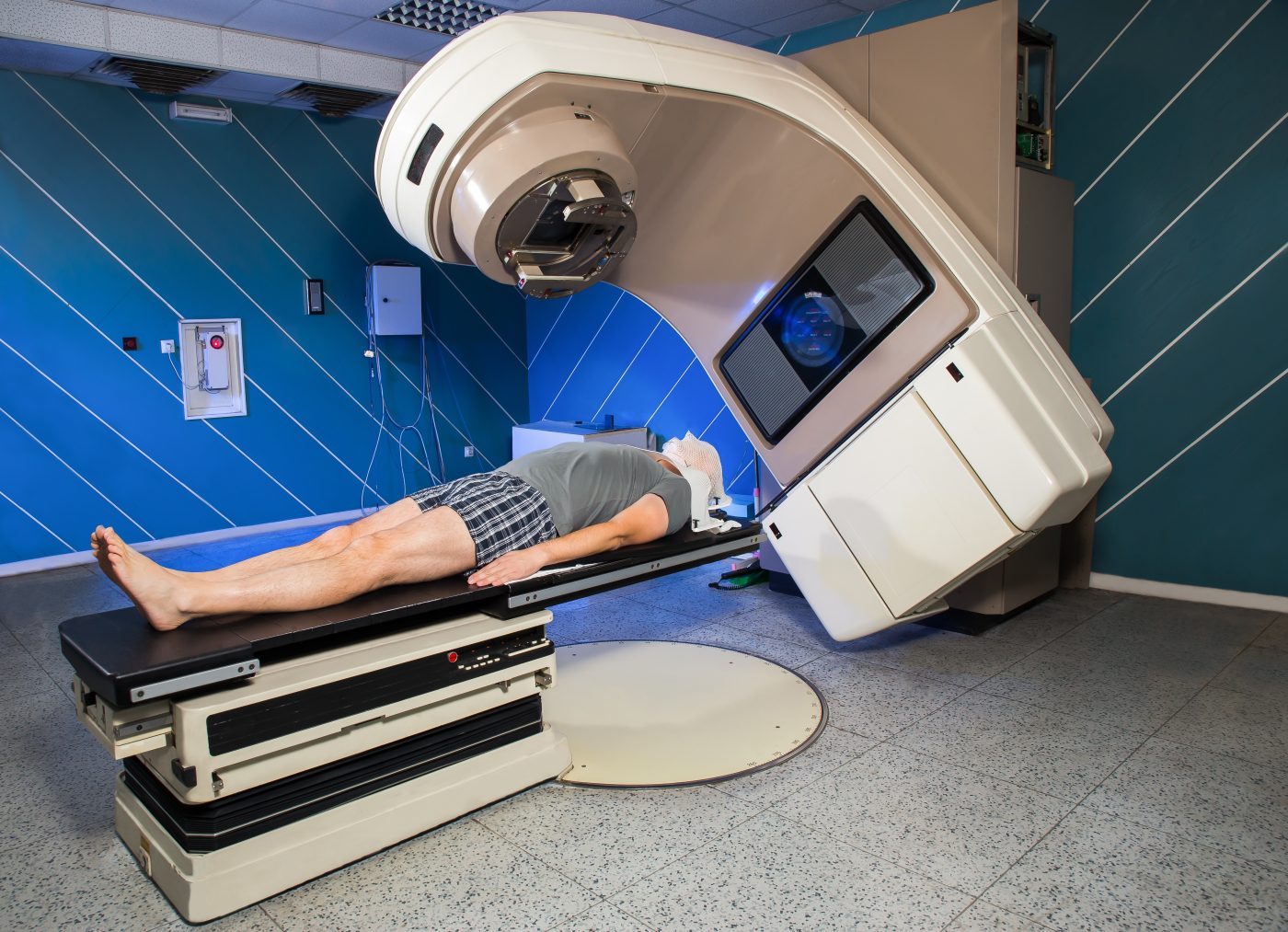 A new study recently published in the journal PLOS ONE, led by researchers at the Ohio State University Comprehensive Cancer Center – Arthur G. James Cancer Hospital and Richard J. Solove Research Institute, showed that cancer recurrence after prostate removal and a patient’s radiation therapy response can be predicted by a specific group of molecules called microRNAs expressed in cancer cells. The study is entitled “A Novel MiRNA-Based Predictive Model for Biochemical Failure Following Post-Prostatectomy Salvage Radiation Therapy.”
A new study recently published in the journal PLOS ONE, led by researchers at the Ohio State University Comprehensive Cancer Center – Arthur G. James Cancer Hospital and Richard J. Solove Research Institute, showed that cancer recurrence after prostate removal and a patient’s radiation therapy response can be predicted by a specific group of molecules called microRNAs expressed in cancer cells. The study is entitled “A Novel MiRNA-Based Predictive Model for Biochemical Failure Following Post-Prostatectomy Salvage Radiation Therapy.”
Prostate cancer is the second most common cancer in men, with almost one million new cases diagnosed every year worldwide. In the United States, it is estimated that 220,800 new cases will be diagnosed in 2015. It is a curable cancer that can range from slow-growing tumors (more common) to rapidly progressing aggressive tumors. An early diagnosis of the disease is crucial and it can be made through a blood analysis for prostate-specific antigens (PSA; a protein produced by prostate cells).
One of the treatment options commonly employed in cases of men with early-stage prostate cancer is radical prostatectomy, where the prostate gland and some of the surrounding tissue is removed by a surgical procedure. Still, 30 to 40% of patients undergoing prostatectomy later experience an increase in PSA levels, representing a biochemical evidence of treatment failure (biochemical failure). Patients who exhibit biochemical failure are at risk for cancer recurrence and are often submitted to radiation therapy treatment.
Several studies have shown that microRNAs may play a role in the context of prostate cancer development. MicroRNAs (miRNAs) are small non-coding RNA molecules that are known to play critical roles in the regulation of gene expression.
The goal of this study was to assess the expression of eight hundred different microRNAs in prostate cancer samples. To this end, tumor samples from 43 prostate cancer patients who had undergone radiation therapy after radical prostatectomy were analyzed; follow-up data of more than 4 years was available for these patients.
The research team found 88 different miRNAs associated with increased PSA levels after prostatectomy. These miRNAs could be divided into two categories: one where they correlated well with early recurrence (within 3 years after surgery) and a second one where miRNAs correlated with late recurrence (more than 3 years after surgery). Of these miRNAs, nine were found to be associated with biochemical failure after radiation therapy, in particular two miRNAs — miR-601 and miR-4516.
“This study is the first to demonstrate that miRNA expression in tumor cells correlates with outcome after salvage radiation therapy, paving the way for the potential use of miRNA biomarkers in prostate cancer treatment,” noted the study’s first author Dr. Erica Hlavin Bell in a news release. “If validated by further studies, these findings could change clinical practice and improve the care of prostate-cancer patients,” added the study’s senior author Dr. Arnab Chakravarti.
The team developed a predictive model for prostate cancer biochemical recurrence based on the Gleason score (a widely used system to predict the prognosis of prostate cancer and guide therapy), the lymph node status (whether or not they are involved in cancer progression) and also miR-601 and miR-4516 expression. The researchers believe that this new model might help identify patients at risk of early or late recurrence after radical prostatectomy, and those who should be treated with radiation therapy in case of recurrence after prostate removal.
“These findings are important because it is currently hard to distinguish early which patients will benefit from radiation therapy following radical prostatectomy and which will receive no benefit,” concluded Dr. Bell. “Our novel miRNA panel might also shed light on the underlying mechanisms of treatment resistance in prostate cancer.”

